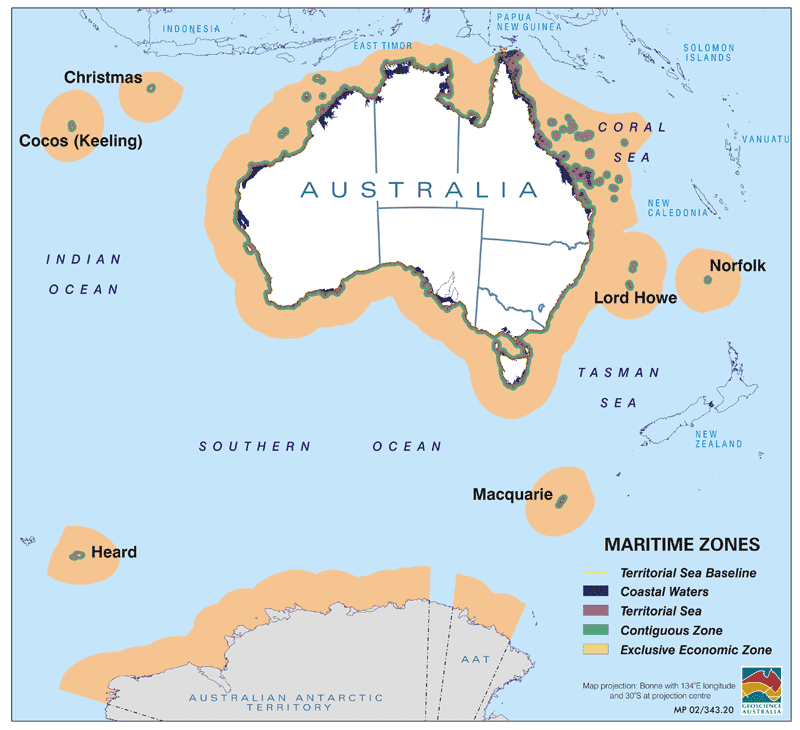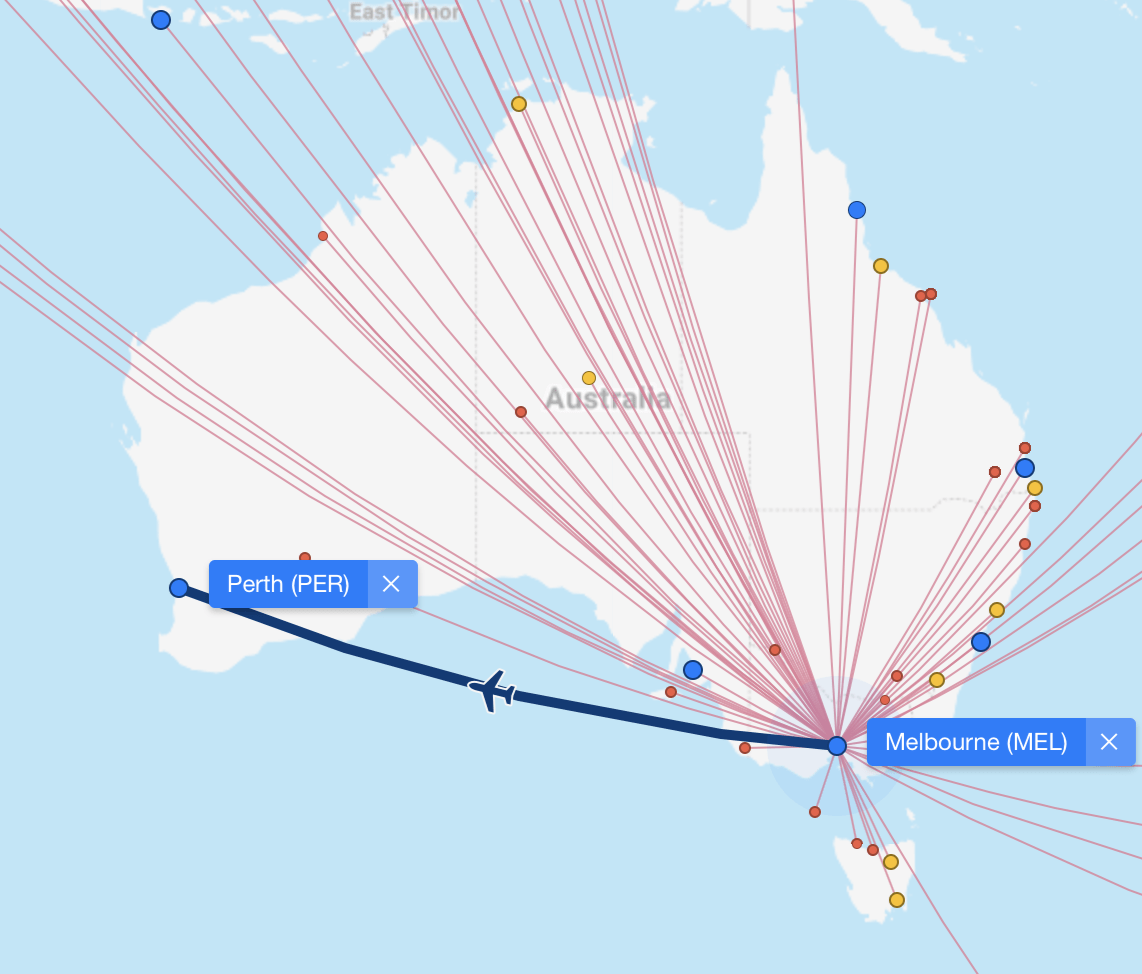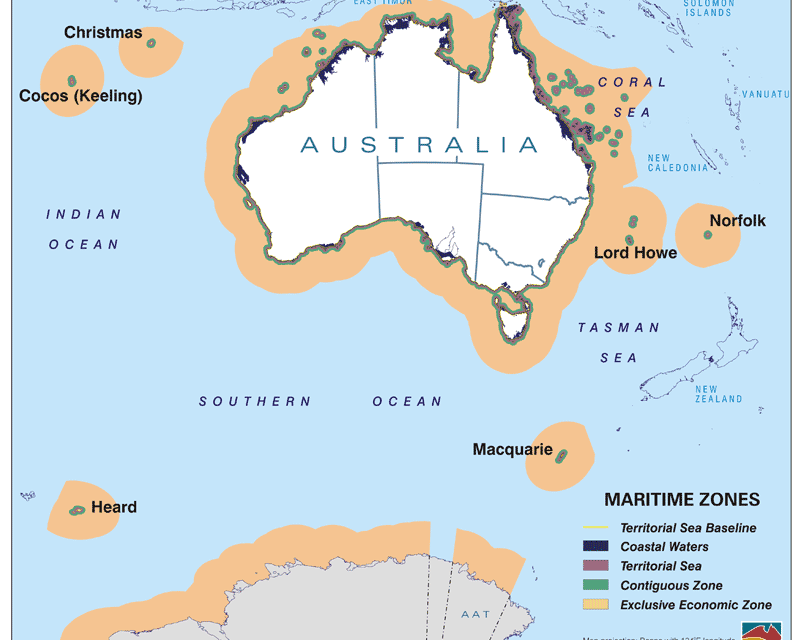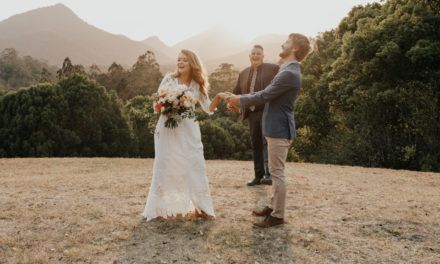Elle asks:
I have a wedding where I am marrying the couple on a boat, we are all going to get on and cruise for 10mins until the couple get a feeling like yep lets pull up here and then I will do their ceremony, then the boat will carry on for couple of hours whilst everyone has drinks, food and watches the sunset. So in regard to Location of marriage on paperwork, NOIM and Marriage Docs as I won’t know the coordinates until we literally pull up, do I just write the coordinates in quickly before I call everyone in to kick ceremony off or can I fill when we go to sign docs? And am I just writing the coordinates, or do I need to put the boats name also?
So there’s three things to consider when marrying people away from the general landlocked wedding venue you might be used to.
Where can Australian marriage celebrants marry people?
Australian authorised marriage celebrants have the authority to marry any two people that can marry according to the law, anywhere in Australian territory. It’s that definition of Australia that is the important thing to note.
Australian territory is defined as the Commonwealth of Australia (the eight states and territories like the ACT and NT), and the Australian external territories including Christmas Island, Norfolk Island, Cocos (Keeling) Islands and others. Excluded from this list is the Australian Antarctic Territory
Not only can we marry people on the land in those places, but also the ocean and the sky above.
The ocean
Our authority to marry extends to the boundary of the Australian territorial seas, that’s 12 nautical miles, or 22.2 kilometres, from the low water line from Australian land. In somewhere like the Whitsundays where there are many islands, roughly imagine drawing a circle with a protractor off the coast that is 12 nautical miles off the shore of each island. This map gives you an idea of those boundaries. The captain of the boat, given the direction to stay within Australian territorial seas, should be able to comply, and “10 minutes” in a boat should be fine.
For those wanting to scuba dive, that Australian territory goes all the way beneath the water’s surface, past the ocean floor.

Although Antarctica is covered in this map, the Australian Antarctic Territory and its surrounding waters are excluded.
The air
Australian airspace extends to 60,000 feet above ground level, that’s a smidge over 18km. I’m writing this article around 10km in the air in a Qantas 737, most commercial jets top out around 10-13km, so unless you’re in a spaceship then the height should be ok.
Remember though that horizontally, as the bird flies, that Australian airspace is the same area as the land territory and sea territory.
So if you’re flying (or cruising) from Melbourne to Launceston, or to Perth, over the course of that journey you’ll leave Australian territory for a time because the flight takes you over the Great Australian Bight which is legally only Great and Australian for 22km off the shore.

Exclusions
The definition of Australia is a funny thing when you start talking territories etc. So I’ll quote the guidelines here:
The Marriage Act applies to Australian external territories – Christmas Island, Norfolk Island and the Cocos (Keeling) Islands (section 8 of the Marriage Act). The Marriage Act does not apply to the Australian territory in the Antarctica.
The Guidelines and the Act does not mention foreign embassies, but if you contact Australian embassies they will tell you “it is not possible to get married at an Australian Embassy or Consulate.”
Captains
Captains of ships and airplanes do not have the authority to marry people according to the law in Australia. Unless they are also authorised and appointed marriage celebrants by the Commonwealth of Australia. So the old stories of getting married by a captain of a ship are just fun, not legal.
What you need to consider in that unique ceremony
Safety, permission, vibe. Take charge of making that moment amazing, but safe. If you’re on a boat consider stopping, if you’re in a plane, whatever you do, do not stop.
How to record the location of marriage
There is no direct advice on recording the location of a marriage ceremony in the sea or in the air from the AGD office or the Guidelines. They do offer the advice to avoid air and sea weddings because of the unsurety of the ‘place’. The marriage certificate, and the Registry of Births, Deaths, and Marriages require a date and place from you however.
If the airplane or boat is docked or at terminal, the terminal name is appropriate, e.g. Brisbane Cruise Terminal, Hamilton, Qld, or Gold Coast Airport, Bilinga, Qld.
If the boat is at sea, record the name of the boat with the name of the water you’re in, like the bay, river, sea, or ocean, e.g. M.V. Rutherford, Sydney Harbour, NSW. Ask the captain to record the longitude and latitude at the time the vows were exchanged (the legal timestamp of marriage) and then after the ceremony look them up on Google Earth to get the name.
If you’re unsure of the name of the body of water, recording the longitude and latitude with the name of the vessel, may suffice, e.g Qantas Flight 1574 VH-YQX, -30.8760231, 152.6671871, NSW.
However I would double check with the intended state’s BDM to find out exactly what they would like recorded in this instance.
Recording the place after the ceremony
It is acceptable to record the place/location of the marriage ceremony after the ceremony has taken place. I like to visualise the monitum as the legally necessary introduction to the vows, the vows being the legal lynchpin, the on/off switch, of the ceremony, and the marriage certificate a record of the what happened at the ceremony. So although most of us would prepare a marriage certificate ahead of the ceremony, it’s merely a record of the ceremony, so leaving the place blank until after is perfectly ok.





Has anyone done this? What did you do?
Marriage Celebrants Section replied to my email about this as follows: Pertaining to underwater, “Although the Attorney-General’s Department does not provide legal advice to individual marriage celebrants, we can provide the following information which we hope will assist you.
As described in Parts 5.6 and 5.7 of the Guidelines on the Marriage Act 1961 for authorised celebrants, there are legal requirements which must be satisfied for a marriage to be deemed legally valid. Specifically the marriage celebrant must state the montium, and the vows must be said during the ceremony by one party to the other (and include certain words). This must be ‘in the presence of’ the authorised celebrant and witnesses. In the presence of, would require that the parties to the marriage, the authorised celebrant and the witnesses could hear what was being said.
While a marriage can be solemnised anywhere in Australia, including territorial waters, the authorised celebrant would need to be satisfied that these requirements could be met. It may be possible to perform some of the ceremony underwater and complete all of the legal requirements of the ceremony including the monitum and exchange of vows, as well as signing the marriage documents immediately following the ceremony on land.
Ultimately, a celebrant must be satisfied that a proposed marriage will be valid at all times prior to the conclusion of the marriage ceremony.
I hope this information is of assistance.
If you have any further questions, please contact us at [email protected] or on 1800 550 343.”
They also advised to contact the BDM.
Re marriages in the air, much the same: For a marriage to be valid under Australian law, it must be solemnised in Australia or within Australian territorial waters or airspace. This is because the Marriage Act 1961 does not extend to international waters or airspace.
As it can be difficult to identify when a ship is within Australian territorial waters, marriages on a ship at sea should be avoided. The couple may wish to consider discussing with their celebrant whether the marriage could be performed before the boat sets out, that is, while it is still docked. As difficulties can arise in terms of lodging the marriage with the correct registry of births, deaths and marriages (BDM) and confirming the location of the ceremony on the marriage documents and ensuring that it is in Australian waters, if the marriage takes place while the ship is still docked, the celebrant will be able to use that address.
If the marriage does proceed to take place at sea, to be valid under Australian law the following requirements must be satisfied:
The marriage must be solemnised by a marriage celebrant authorised under the Marriage Act
The ship’s itinerary should not leave Australian territorial waters. This ensures the marriage takes place within Australian territorial waters.
The marriage ceremony should take place in sight of Australian land. This ensures the place of the marriage can be identified on the marriage certificate.
If a marriage proceeds to take place during a flight, to be valid under Australian law the following requirements must be satisfied:
The marriage must be solemnised by a celebrant authorised under the Marriage Act.
The solemnisation must be complete entirely in Australian territorial airspace.
As it can be difficult to identify when a vessel is within Australian territorial airspace, marriages on flying vessels should be avoided. Additionally, difficulties could arise in terms of:
identifying the location where the marriage took place on the marriage paperwork (as, once in flight, a balloon is continuously moving)
ensuring the marriage paperwork is lodged with the correct registry of births, deaths and marriages (BDM)—paperwork should be lodged with the BDM in the state or territory in which the marriage is solemnised.
If you are asked to solemnise a marriage in the air you may wish to discuss with the couple whether the marriage could be performed before the vessel takes flight, that is, while it is still grounded. If the marriage takes place while the vessel is still grounded, you would be able to record the address of the terminal on the marriage paperwork. Additionally, you could perform all legal requirements for solemnising the marriage at the very start or very end of the flight and use that address for the location of the marriage, performing the rest of the non-legal component of the ceremony, during the flight.
You may also wish to contact the BDM office in the appropriate state to discuss the paperwork issues further, including using coordinates as a location. The BDM needs to be satisfied and accepting of all information provided, including whether this constitutes a valid location.